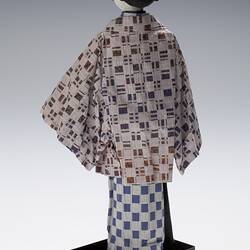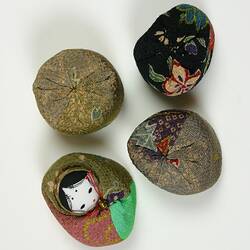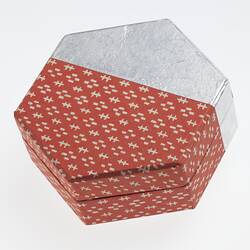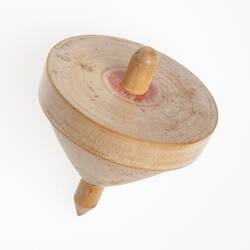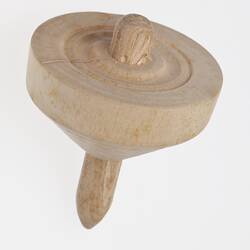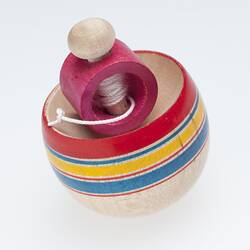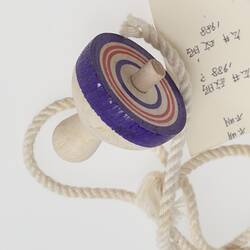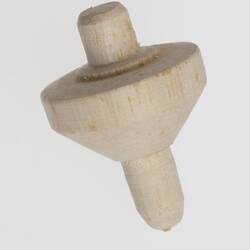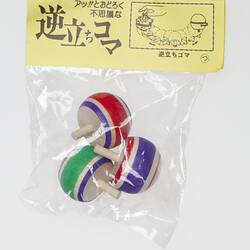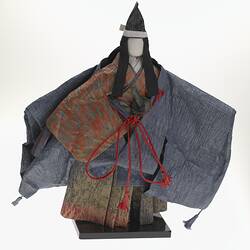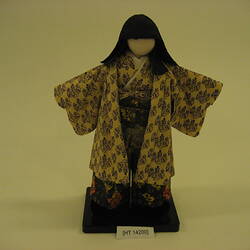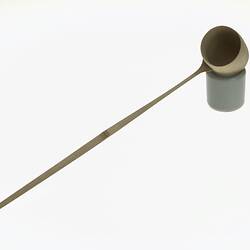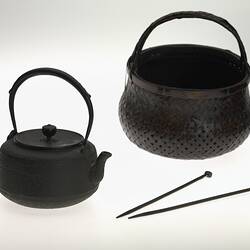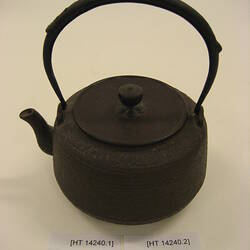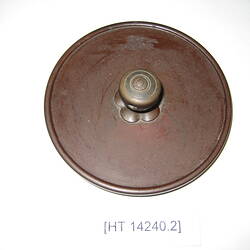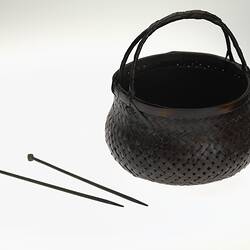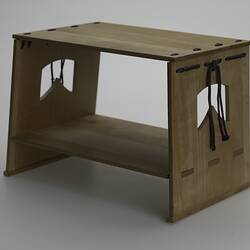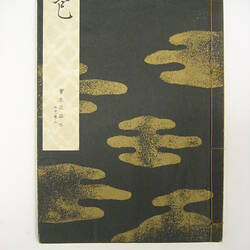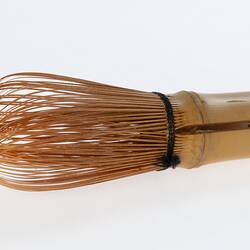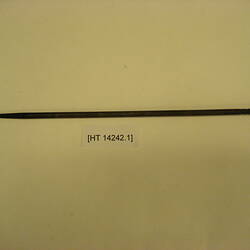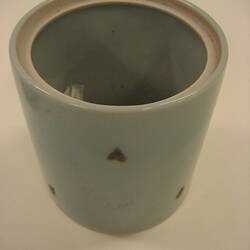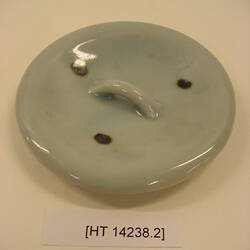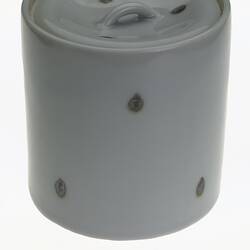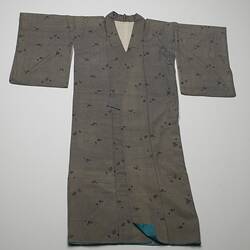Masumi Hiraga was born on the 10th April 1935. Her mother was Kino Hiraga, born on 12th July 1897 and died on 17th May 1997, just two months before her 100th birthday. Kino married Masumi's father Tomoichi when she was 22 years old. Masumi is their fifth daughter. Kino and Tomoichi had three boys and seven girls. The three boys all died young. Their oldest son died towards the end of World War II, flying as a pilot in the airforce.
The family house is located at Nirasaki in Yamanashi Prefecture, 100 kms west of Tokyo. Kino was unusual for her weaving practices - she frequently wove the silk cloth for kimonos herself, sent the material away to be professional dyed and then hand made the kimono. Few others could duplicate her abilities and her family were considered to be very fortunate to have such clothing after the War. Tomoichi was a very industrious and innovative man and was quick to introduce new products such as a western style dining table and a water-service to his family's and neighbours' homes during the war. Tomoichi's main occupation was to run his farm, silkworm culture and orchard, but he took a strong interest in fortune telling and studied it at Kofu city whenever he had free time. Masumi recalls that they had many farm hands at the busiest times. Tomoichi was a quiet man, but a strong disciplinarian and Masumi recalls that he exerted 'excellent control over the children. All the children observed his words strictly'. As a Mitsubishi military factory was near their house, they often accommodated the soldiers who worked at the factory. They did not experience heavy bombing at Nirasaki like in the big cities, so their every day life was relatively quiet. Tomoichi passed away at the age of 93.
Masumi met her husband when he was attending a conference in Japan as a lecturer from RMIT. After the conference he returned to Australia, but maintained a correspondence with Masumi. He asked Masumi to marry him after a year, but it took Masumi seven years to finally make a commitment. Meantime, Masumi visited Australia twice and held various demonstrations of Ikebana, the Noh dance and the tea ceremony at numerous institutes and schools. Masumi held a teaching position at a university in Tokyo, however, she accepted a position to work for the Indo-China refugees in Thailand. The appointment lasted for three years. Masumi opened schools for refugees in Thailand and taught Japanese and culture to the refugees who were planning to come to Japan. It created a great deal of publicity that a professional educator would accept such a position and accomplish so much. After three years, however, Masumi needed a break from her work, so she decided to study once again.
Masumi attended the University of Canberra to study English and linguistics, then married her Australian husband in 1984. After the ceremony, she returned to Japan to finalise her house and job in Tokyo, then settled in Melbourne in 1985. She has two stepdaughters. Sadly, her husband died in 1987 of a heart attack, aged 62 years. Masumi immersed herself in the Noh theatre to change the course of her life. She was learning English full time, but after her husband died, this became part time. Even though she has lived in Australia and studied English for over 20 years, she still feels she hasn't perfected the language. Masumi could have returned to Japan, but she chose to stay here because she thought she could continue her life in Australia to start a new chapter for the remainder of her life.
Masumi recalls that when she first came to Australia she did not come into contact with anyone who could perform a genuine Japanese tea ceremony. She practised this art form for a long time, but did not obtain any certificates. This is because the conservative Japanese society in those days did not allow people to pursue both Ikebana and tea ceremony to a professional level. Masumi has been performing Ikebana, Noh theatre and paper doll making for 50 years. These art forms started as a hobby and after the death of her husband she became involved in the doll making art seriously. Ever since Masumi has created numerous dolls and has around 80 in her collection which have been displayed frequently.
Masumi teaches Ikebana every week at her home studio. She has accepted invitations from Nepal and Sueto in Africa to hold Ikebana demonstrations and workshops as well as a number of schools and institutes in Victoria, Tasmania and New South Wales. She returns to Japan every year to see her family, to undertake Ikebana lessons, to practise her Noh performance and to purchase materials for doll-making. Her kimonos hold special meaning for Masumi, both as mementos (those woven and/or made by her mother and sisters) and as cultural artefacts.
More Information
-
Keywords
-
Authors
-
Contributors
-
Article types

